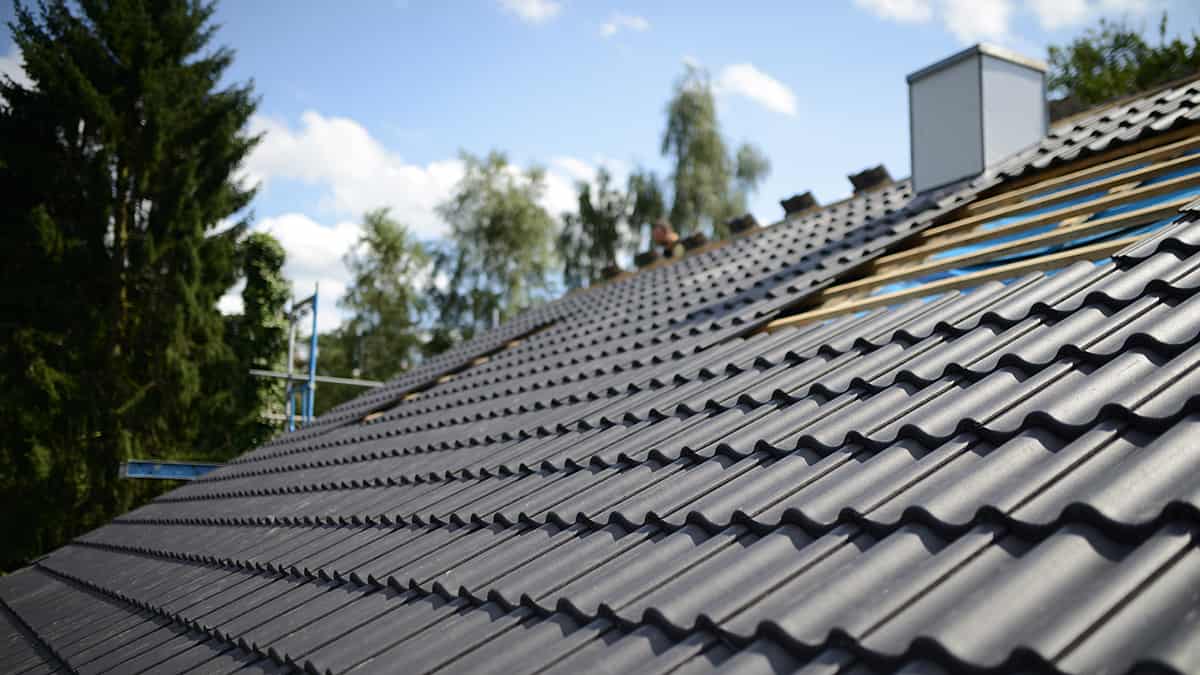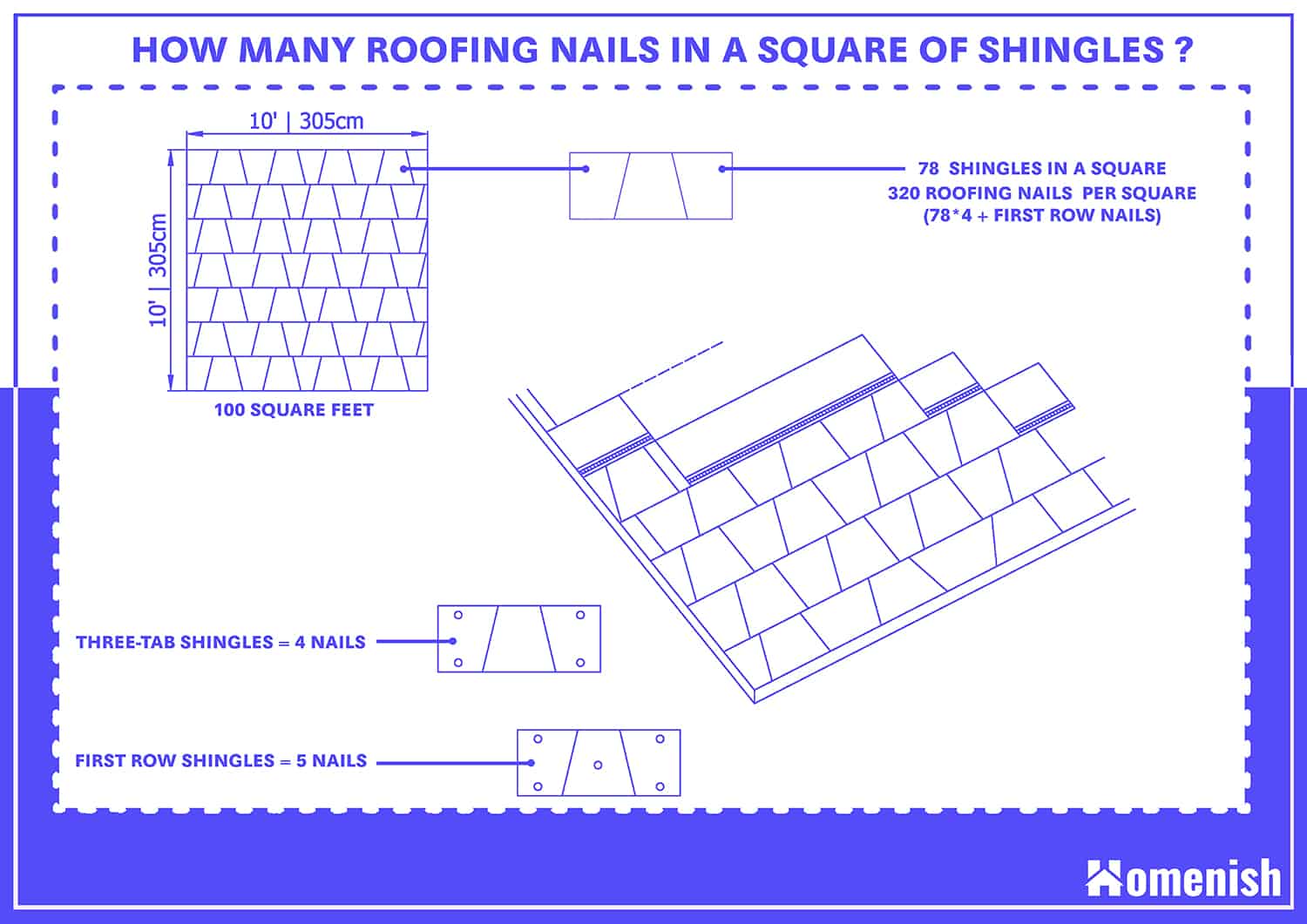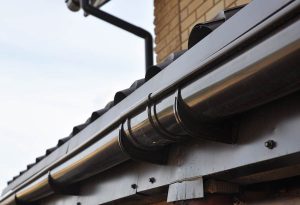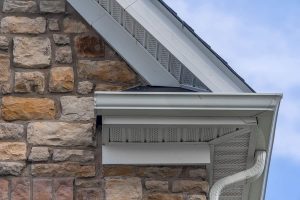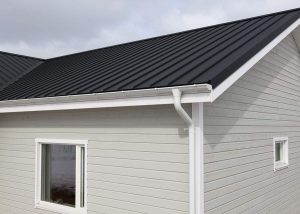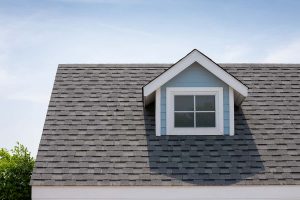If you are just starting out in roofing and construction, or you’re undertaking a DIY roofing project on your home, then you’ll need to get to grips with the jargon and specialist units of measurement used in this industry.
One term you may have come across already is the common measurement of ‘squares.’ This is a widely used term to describe how big a roof is and calculate how many shingles you will need to cover the roof. A roofer might refer to this as a ‘roofing square,’ a ‘square of shingles,’ or simply a ‘square.’ Here, we explain the basics of roofing squares, why they are used, and how to calculate a square.
What is a Roofing Square?
A roofing square is a term used in the construction industry, and it refers to an area of the roof to make it easier to order the supplies you need. A roofing square does not refer to a measurement of square feet or square yards; instead, it is a term of measurement all on its own. However, a roofing square, or a square of shingles as it is sometimes known, is the equivalent of 100 square feet.
In spite of the name ‘square,’ this measurement can be found in any way and doesn’t have to equate to the shape of a square.
A roofing square could be an area of the roof which measures 5 feet in length and 20 feet in width, or an area measuring 10 feet by 10 feet, as both of these calculations would result in an area covering 100 square feet, therefore making them qualify as a roofing square or a square of shingles.
How to Measure a Roof
To measure a roof, you will need to secure a ladder safely to your roof so that you can climb up and get accurate measurements using a measuring tape. If you are unable to secure a ladder to your roof, then you should find a friend or family member you can stand at the base of the ladder and hold it to prevent it from moving. Wear sturdy boots to climb up the ladder onto the roof, and ideally, wear a construction helmet.
Once you are on the roof, you will need to measure the length and the width of the roof. Take care when walking across your roof to not damage the roof and also to prevent yourself from falling off the roof and sustaining injuries.
Take a note of both the length and width of the roof in feet. Once you are back on solid ground, you can multiply these two numbers together to find the total square footage of the roof. For example, if your roof is 80 feet wide and 25 feet long, then you will do the calculation of 80 multiplied by 25, which would give you the result of 2000 square feet.
Once you have the total area of your roof in square feet, it is a simple calculation to find out how many squares your roof has. You will need to divide your square foot result by 100. Following on from our earlier example, a roof with a square footage of 2000 would need to be divided by 100, giving the result of 20.
This means that this roof is made up of 20 roofing squares. You will need to know this figure because most roof supplies such as shingles or tiles are supplied in measurements of squares. This makes it much easier to order roofing supplies as you will just need to know how many squares you need, rather than having to work out how many boxes of shingles will cover your total roof measurement.
Though it may seem like an overly complicated method of measurement, it actually makes the whole process of roofing much simpler once you have the hang of it.
How Many Shingles are in a Bundle?
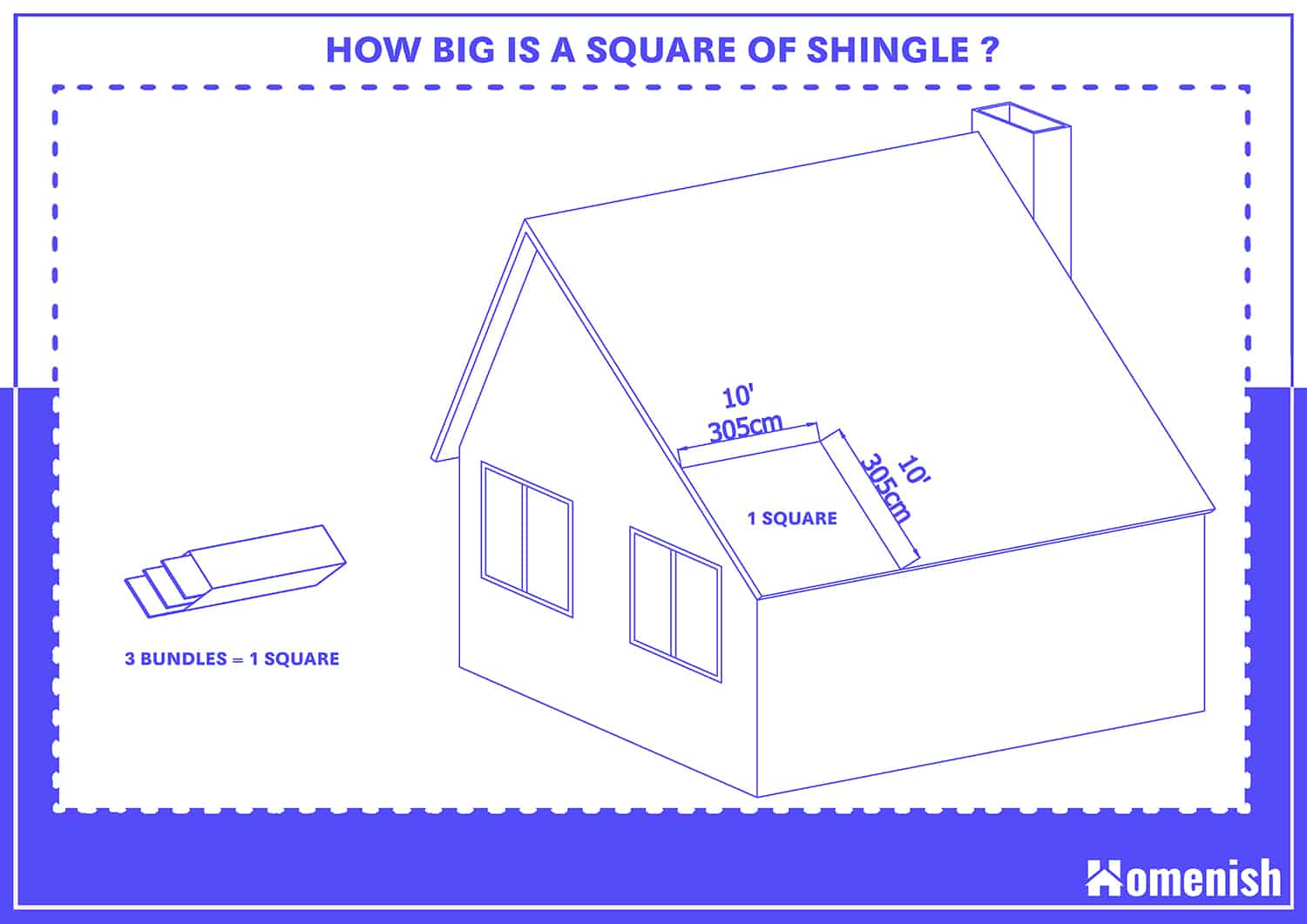
Roof shingles are packaged and sold in bundles. Both architectural or laminate shingles come in bundles, which are also a standard pack size in order to make buying roofing supplies a more fool-proof process. A bundle includes enough shingles to cover a third of a square, therefore meaning you will need three bundles per roofing square.
The number of shingles in each bundle will vary depending on the size of an individual shingle. Smaller shingles may have up to 30 shingles in a bundle, while larger shingles may have as few as 15 shingles per bundle. As most bundles are supplied with 3 bundles per square, to find out how many bundles you need, you would just multiply the roofing square measurement by 3.
So if you need enough shingles to cover 20 squares, you would multiply 20 by 3, giving you a result of 60. This means you would need to order 60 bundles of shingles to have enough to complete your roof.
Watch out for some manufacturers which have 4 bundles per square, in which case you would need to multiply your square measurement by 4 to determine how many bundles you need. To be sure that you don’t run out while working on your project, it is always worth ordering extra bundles for the sake of contingency.
How to Account for Shingle Wastage
There will always be a certain amount of wastage when constructing a shingle roof, but this can vary hugely depending on the shape of your roof and any extra features it has.
For a complex roof with lots of corners, you can expect to go through more wastage and offcuts of shingles compared with a simple roof. Roofs with dormer windows or skylights will also have more wastage compared with those that don’t, as you will need to make more cuts in the shingles, and the leftover portions will be unusable.
For any roofing project, you should buy between 10 and 15 percent more shingles than you have calculated. So for a roof that measures 20 squares, you should buy an additional 2 or 3 squares to account for wastage. This is because 10 percent of 20 is 2, and 15 percent of 20 is 3. If you are ordering your supplies in bundles, then this will mean you will want between 6 and 9 extra bundles, based on the fact that there are 3 bundles in each square.
Although this might seem like needless extra expenditure, you don’t want your project to be delayed if you run out of shingles and cannot get hold of more of the same ones immediately. It is always safer to have more shingles than you need as opposed to less.
If you have shingles left over at the end of your project, you should save them for future repairs or replacements on your roof, so you won’t have to have mismatching shingles.
Do I Need to Understand Squares and Bundles?
If you are completing a DIY roofing job, then all the talk of roofing squares can seem overwhelming and unnecessarily complex. The good news is that your roofing supplier will understand the measurement of squares and will be able to calculate for you how many bundles you need.
Therefore as long as you are able to calculate the number of squares on your roof, you can use this information when ordering shingles. For example, you would just need to ask your supplier to order you ’20 squares worth of shingles’, and they would be able to calculate this into the equivalent of 60 bundles of shingles.
How many Roofing Nails in a Square of Shingles?
Roofing nails are used to hold the singles in place securely, preventing them from coming loose in high winds or under the weight of snow. The number of roofing nails you should apply to each individual shingle can vary, and it is determined by a number of factors, including the slope of your roof, the type of shingle, the local building code, and local climate.
You should always check your local building code before embarking on DIY construction projects to ensure your home meets the necessary requirements for safety. You should also check the instructions that come with your shingles, as this may dictate that the shingles you have chosen need fewer roofing nails or more roofing nails.
As a general rule, for standard shingles, you would want to fasten each shingle in place with four roofing nails, with the exception of the starting row, which should have five roofing nails on each shingle.
For standard shingles, which have four roofing nails per shingle, this will equate to approximately 320 roofing nails per square, based on average-sized shingles. As with the number of shingles you order, you should also order extra roofing nails to account for any that you drop and lose while on the roof.
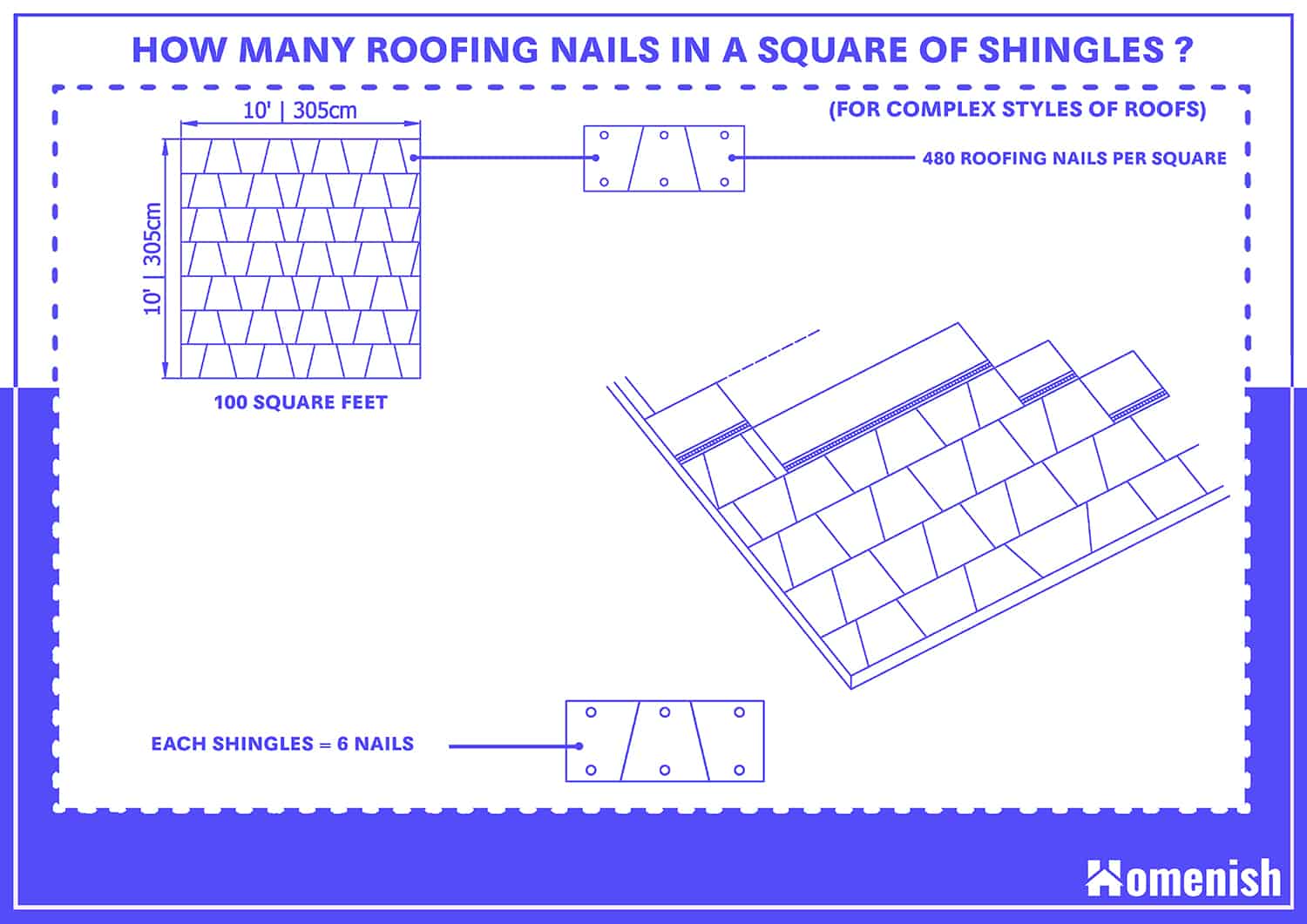
For some more complex styles of roof, or for those situated in climates that routinely experience high winds, it is recommended that each shingle should be fastened with six roofing nails. This will equate to approximately 480 roofing nails per square.
